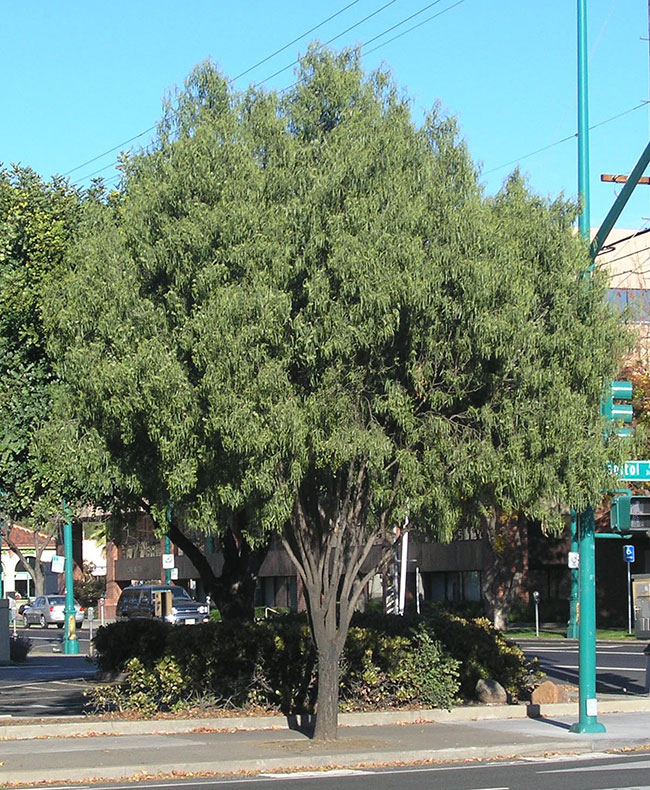1. Australian Medicinal Plants - E.V.
Lassak & T. McCarthy. Publisher- Reed New Holland, Australia 1983. ISBN
1876334703.
2. Maiden, J. H. The Forest Flora of New South Wales, Vol. 7, Government Printer,
Sydney, 1922
Images
1.
selectree.calpoly
by M. Ritter, W. Mark, J. Reimer, and DeLorenzo Inc.
[1] Hegnauer, R. Chemotoxonomie der Pflanzen, Vol. 6, Birkhauser Verlag, Basel,
1973
 Geijera
parviflora. Geijera
pendula Australian
willow, Wilga,
Sheep bush, Gingerah Family: Rutaceae
Geijera
parviflora. Geijera
pendula Australian
willow, Wilga,
Sheep bush, Gingerah Family: Rutaceae